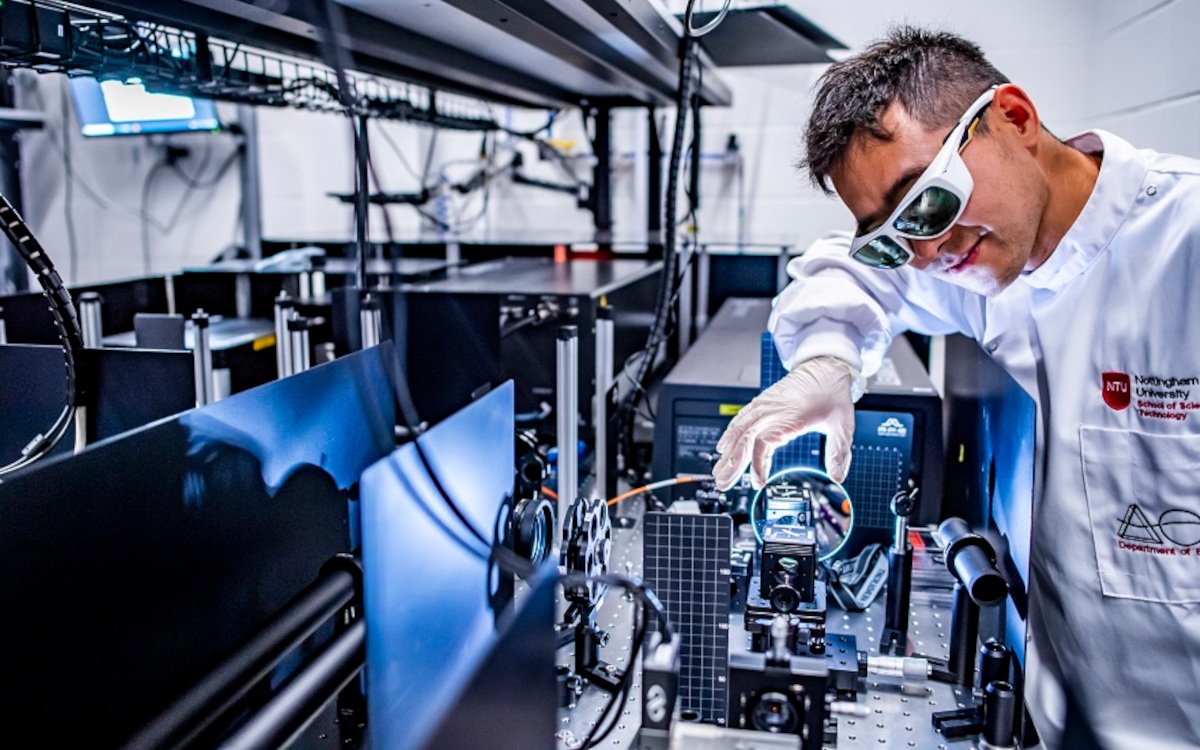According to its developers, the new proof-of-concept technology has the potential to evolve into the next technology generation for display screens after LCD and LED displays.
team of Nottingham Trent Universitythe Australian National University and the University of New South Wales Canberra In Australia have developed arrays of electrically tunable nanoparticles, called ‘meta-surfaces’, which could offer significant advantages over existing liquid crystal displays. Monitors can get thinner, offer higher resolutions, and become more energy efficient.
The researchers published their results in Light Journal: Science and Applications.
An alternative to liquid crystals
Liquid crystal cells, the basis of LCD technology, are responsible for turning the transmitted light on and off and are backlit with polarizing filters in front and behind the pixels. They determine the pixel size – that is, the resolution – and play an important role in controlling the power consumption of the device.
The research team’s newly developed surface cells – the so-called surface cells – will replace the liquid crystal layer. They are steerable and have exceptional light scattering properties. In addition, they make polarization unnecessary – which leads to a significant reduction in energy consumption.
Thus, the surface surfaces are liquid crystal cells 100 times thinner, providing ten times the resolution and consuming 50% less energy.
As part of the study, the team demonstrated that pixels can be programmed electrically and light can be switched on by changing the temperature of the material about 20 times faster than the human aversion reaction time. The researchers believe their technology is compatible with modern electronic displays.
“We have paved the way for breaking down the technology barrier by replacing the liquid crystal layer in existing displays with a metasurface that allows us to make flat screens without liquid crystal displays,” says project leader Mohsen Rahmani, Professor of Engineering from the School of Science and Technology at Nottingham Trent University. “Most importantly, our new technology can lead to a significant reduction in energy consumption.”
In competition with MicroLED?
The super pixels are made of silicon, which, unlike organic materials, provides a long service life. In addition, silicon is widely available and CMOS compatible with mature technology and inexpensive to manufacture.
So far, the researchers have only built a prototype to test how it works. Now a full view is created.
Hidden Content Partner Dave Haynes He gave an estimate of the development timeline: “The five to ten year period during which this technology can move from labs to production lines means that it will only appear when or possibly after mass production of MicroLEDs comes online – and that also offers the best resolution and brightness.” They can be applied to different materials such as glass and possibly ceramics.”

“Certified tv guru. Reader. Professional writer. Avid introvert. Extreme pop culture buff.”







More Stories
Samsung Quantum Dot TV: Art meets technology
Pitch: €56m for energy startup Reverion
Plastoplan: Plastics for Energy Transition